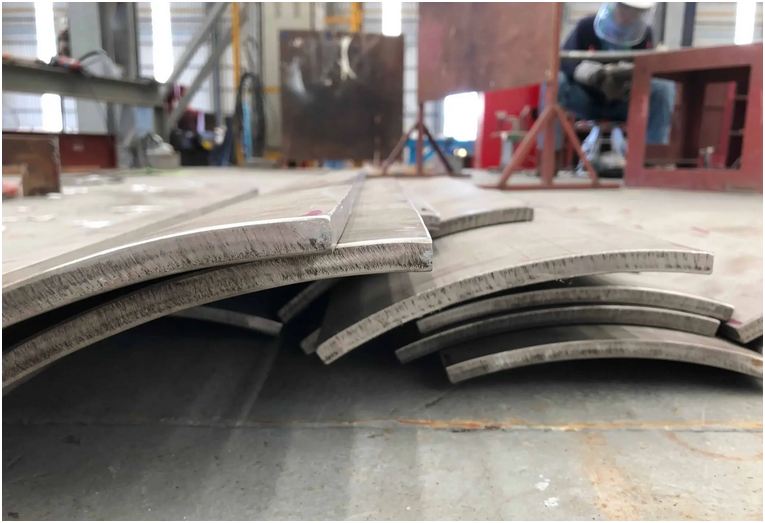Sheet metal bending is a fundamental process in manufacturing and construction, essential for shaping metal components to precise specifications.
This guide aims to equip industry practitioners with the knowledge necessary to master the art of sheet metal bending by comprehensively exploring tools, technologies, and environmental considerations.
Basic Techniques for Sheet Metal Bending
Sheet metal bending is essential in manufacturing, helping to shape flat metal sheets into functional designs. Various metal bending techniques are used, each suited to different needs depending on the materials and the desired outcome.
Let’s explore some of the standard sheet metal bending methods:
V-Bending
V-bending is one of the most popular approaches to sheet metal bending. This method uses a V-shaped die and a punch to form bends between 30° and 180°. The punch drives the metal into the V groove, allowing for tight bends, which is why it’s helpful in projects like car body panels.
Air Bending
In air bending, the metal doesn’t touch the bottom of the die, offering more control over the bend angles. With ranges between 15° and 165°, this sheet metal bending technique is often chosen for low-volume production because it’s flexible and requires less force.
Bottoming
Bottoming is a sheet metal bending method in which the metal is fully pressed into the die, reducing springback and providing more exact angles. While it requires more force, it’s perfect for high-precision parts in industries like aerospace and automotive.
Coining
Coining uses intense pressure to create precise, well-defined bends with minimal springback. This sheet metal bending method is ideal for making small, detailed components, such as those found in electronics, and can achieve fine bend radii.
Roll Bending
Roll bending involves gradually passing the metal through rollers to shape it into curves or cylinders. This sheet metal bending technique is excellent for producing complex shapes with a smooth finish and is often used in automotive manufacturing.
Wipe Bending
Wipe bending uses a flexible pad to gently mold the metal against a die, creating smooth curves without sharp angles. This is the preferred sheet metal bending method for when a soft, rounded finish is required.
Rotary Bending
Rotary bending is the go-to sheet metal bending method for creating round or spiral shapes. It rotates the metal around a central axis, making it perfect for producing intricate, circular profiles.
Step Bending
Step bending creates a series of bends along the metal’s length at different angles, forming a step-like pattern. This sheet metal bending technique can be helpful in specific structural designs.
|
Premium Industrial Metals for Unmatched Strength and Versatility |
||
|
New Steel |
New Stainless |
New Aluminum |
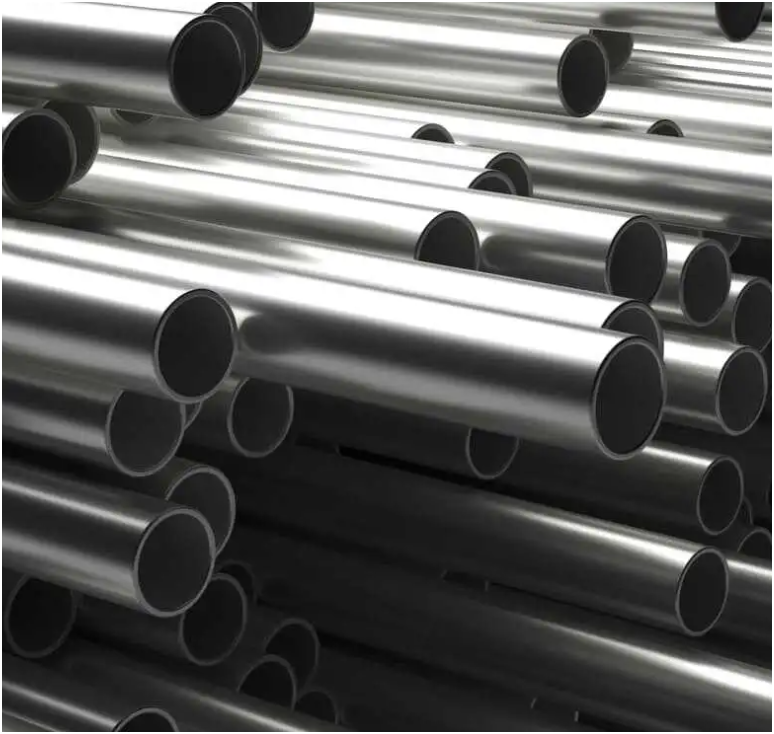 |
 |
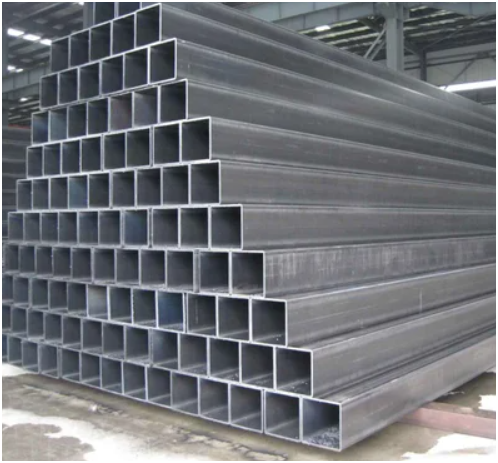 |
| Flexible Sizes: Custom OD, thickness, and lengths for strength or flexibility
Material Options: A variety of steel types for durability, precision, and strength Versatile Applications: Ideal for construction, automotive, and architectural uses High Performance: Perfect for both heavy-duty mechanics and refined aesthetics |
Durable & Versatile: 304 stainless steel offers corrosion resistance and high durability
Custom Precision: Cut to exact lengths, thicknesses, and weights to fit your project Strength & Resistance: Strong and corrosion-resistant, perfect for harsh environments Long-Lasting Performance: Built for reliability, ensuring longevity in any application |
Sizes & Thicknesses: Various sizes and thicknesses for strength and flexibility
Grade Options: Multiple grades for strength, machinability, and corrosion resistance Versatile Applications: Perfect for construction, automotive, and decorative projects Built for Extremes: Resistant to corrosion and harsh temperatures |
Choosing the Right Technique for Bent Sheet Metal Production
Selecting the best sheet metal bending method depends on a few essential factors:
- Material Type: Bent sheet metal behaves differently during the bending process. For example, aluminum is easier to bend than titanium because it’s softer and more flexible.
- Bend Angle: Sheet metal bending techniques like air bending allow for a wide range of bend angles; air bending doesn’t require constantly switching tools, while coining offers high precision for specific angles.
- Material Thickness: Thicker materials require more force and control, so sheet metal bending techniques like bottoming may be better suited for these applications.
- Production Volume: When producing large quantities of bent sheet metal parts, methods like air bending are preferred for quick setup times. However, more complex geometries often need specialized tooling.
- Precision Requirements: If you’re working in industries like aerospace where precision and detail for every bent sheet metal part is critical, techniques like coining or bottoming might be the best choice because they reduce spring back and tighten tolerances during the bending process.
By considering these considerations during sheet metal fabrication, manufacturers can select the best bending method to meet their project goals while maintaining quality and efficiency.
| Practice on Scrap Material: Before working on your final piece, conduct trial bends on scrap material to refine your technique and adjust settings on your desired bent sheet metal part. |
Essential Metal Bending Tools
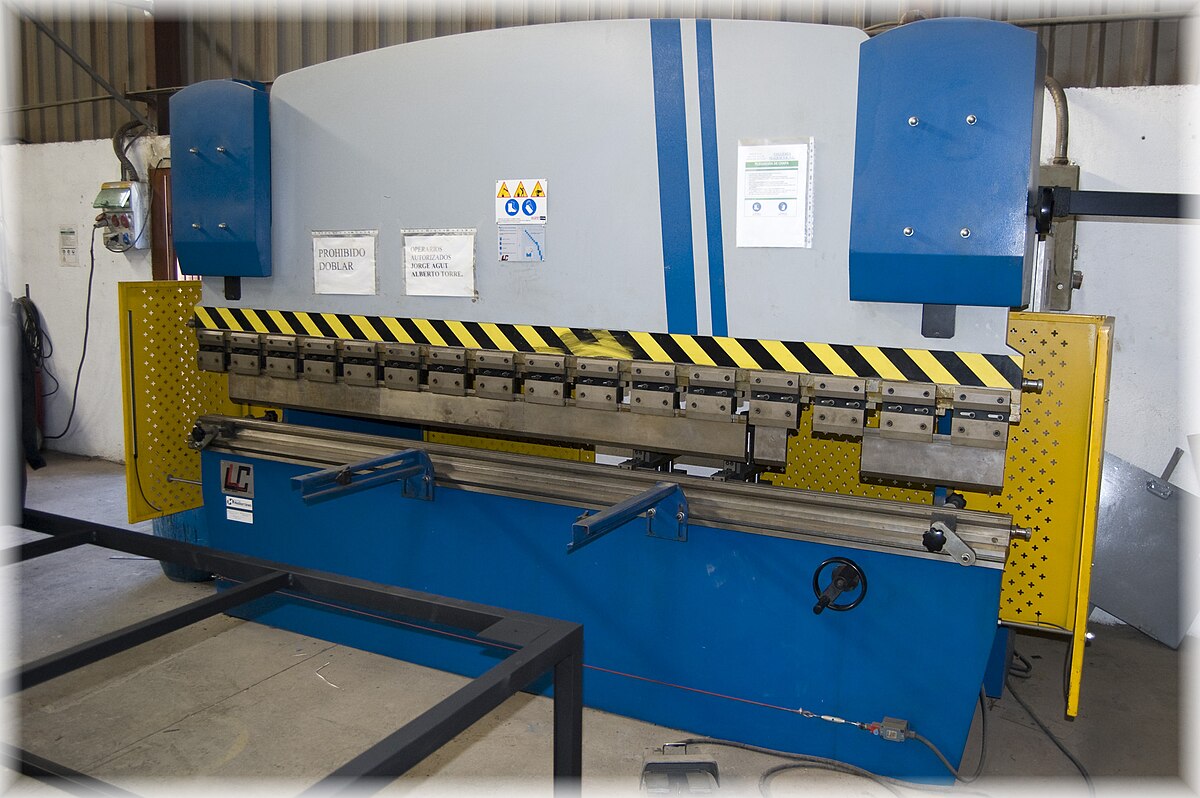
Choosing the suitable metal bending tools is critical to precision, efficiency, and quality. Different tools suit various techniques and materials, each bringing unique advantages.
Here’s a comparison table outlining essential tools and their applications in the bending process to help you make informed project decisions.
| Tool | Function | Application |
| Shears | Cut the bent sheet metal part into specific shapes and sizes | Preparing metal for bending, ensuring accurate dimensions |
| Manual Bending Machines | Allow simple bends in sheet metal manually | Small workshops or low-volume production |
| Hydraulic Bending Machines | Use hydraulic pressure to bend thicker and larger sheets into their correct bend angles | Large manufacturing settings for high volumes |
| Press Brakes | Use a punch to force the bent metal sheet part into a die for precise bends | High-precision tasks like automotive parts |
| Rolling Machines | Bend metal sheets into cylindrical shapes using rollers | Producing curved components like pipes and tanks |
| Universal Bending Machines | Perform multiple bending tasks on various metals | Versatile for custom work or prototyping |
| Hot Bending Machines | Heat metal to make it pliable before bending | Large parts of industries like aerospace |
| Laser Bending Machines | Combine laser cutting with bending using heat | Creating precise bends in thick materials |
Choosing suitable metal bending tools ensures quality and meets production needs. Each tool provides unique advantages for specific techniques, materials, and applications.
By understanding their functions, manufacturers can optimize the bending process and achieve precision. The right equipment boosts efficiency and quality in creating any type of bent sheet metal in any metalworking environment.
How Can You Measure Accuracy in Bending?
Measuring accuracy in metal bending is a critical aspect of ensuring the quality and functionality of the final product. Precision in bending is achieved through accurate measurement tools, proper calibration, and adherence to best practices.
The following outlines the essential methods and tools used to measure bending accuracy:
Measuring Tools
- Protractors and Angle Finders: You’re right—digital protractors tend to give more precise readings than analog ones, which makes accurate bends much easier to achieve. Use these to capture the right bend radius and bend angle.
- Calipers: During sheet metal fabrication, it is critical to use calipers to check the thickness and width of the metal before and after bending. This step ensures the dimensions stay within the required tolerances, which is vital for maintaining quality.
- Coordinate Measuring Machines (CMMs): These machines are used for precise measurements of more complex shapes and are a go-to tool in quality control. These are necessary if you’re working on a sheet metal fabrication project with very detailed measurement or bend angle requirements.
Calibration of Equipment
Regular calibration is necessary to keep bending machines and tools accurate. It helps ensure consistent results, minimizing deviations from expected measurements. Sticking to manufacturer instructions for calibration and using industry standards keeps everything running at peak performance.
Best Practices for Accuracy
- Pre-Bend Calculations: Making calculations before bending, including factoring in springback, is crucial. Springback is well known to affect the final shape, so managing it correctly can save a lot of headaches down the line.
- Trial Bends: Starting with a trail sheet metal part with scrap material is a smart move to catch any potential issues before starting work on the final piece.
- Documentation: Keeping clear, detailed records of measurements, machine settings, and calibrations helps with traceability and makes it easier to troubleshoot problems as they come up.
Use of Advanced Technologies
- Laser Scanning: Using lasers to scan sheet metal parts is a highly accurate and quick way to check even complex geometries. It’s a very efficient method for ensuring precision.
- Simulation Software: The mention of simulation software is spot-on. This technology helps predict issues before you even start bending, reducing the risk of costly mistakes during production.
Overall, you’ve hit on the essential points of maintaining accuracy in metal bending. Everything emphasizes the importance of precise measurement tools, regular calibration, good documentation, and advanced tech to maintain high standards in metalwork.
How Your Metal Choice Shapes Bending Success
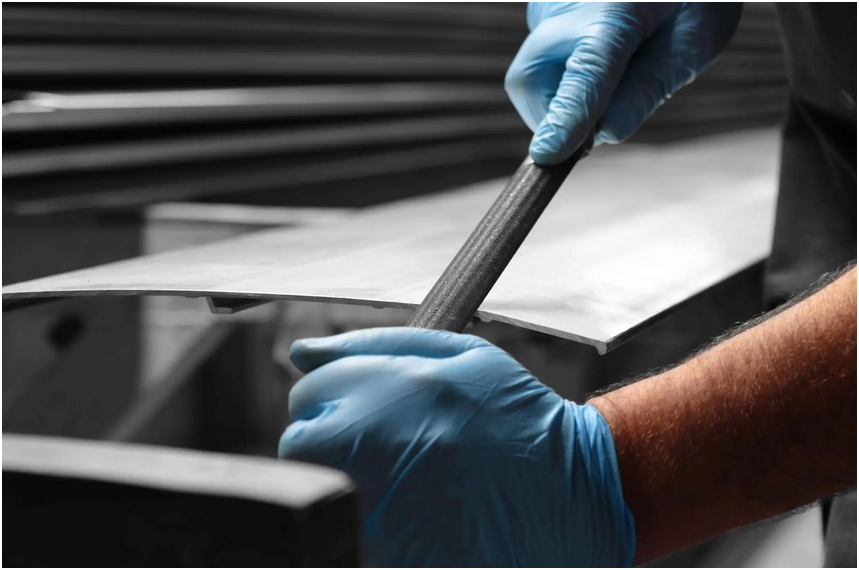
The type of bent metal significantly influences the choice of bending techniques due to each metal’s inherent physical and chemical properties. These properties include ductility, malleability, tensile strength, and thermal conductivity, dictating how a metal will respond to bending forces.
Ductility and Malleability
Metals with high ductility, such as copper and aluminum, can undergo significant deformation before fracturing, making them suitable for complex bending operations. Malleability, the ability of a metal to deform under compressive stress, also plays a crucial role.
For instance, gold and silver, known for their malleability, can be bent into intricate shapes without cracking.
Tensile Strength
A metal’s tensile strength determines the amount of stress it can withstand while being stretched or pulled before breaking. Metals like steel with high tensile strength require more forceful bending techniques and often require specialized equipment to achieve the desired bend without compromising structural integrity.
Thermal Conductivity
The thermal conductivity of a metal affects how it dissipates heat during bending. Metals with high thermal conductivity, such as copper, may require pre-heating to ensure uniform bending and to prevent localized stress concentrations that could lead to cracking.
Conversely, metals with low thermal conductivity may retain heat longer, affecting the cooling rate and potentially altering the metal’s microstructure.
Elastic Modulus
The elastic modulus, or Young’s modulus, measures a metal’s stiffness. Metals with a high elastic modulus, such as titanium, exhibit less elastic deformation and require precise control during bending to avoid springback, where the metal attempts to return to its original shape after bending.
Work Hardening
Some metals, like stainless steel, are prone to work hardening, where the metal becomes more robust and less ductile as it is deformed.
This characteristic necessitates careful control of bending processes to prevent excessive hardening, which can lead to cracking or failure during subsequent forming operations.
| Account for Bend Radius: Ensure the bend radius is appropriate for the material used. A general rule is that the inside bend radius should equal the material thickness, especially for ductile metals, to prevent cracking. |
Environmental Considerations in Metal Bending
As part of the broader metal fabrication process, metal bending has several environmental implications that must be addressed to minimize its impact.
Here are the key considerations and ways to keep the environment safe based on the results:
| Environmental Impact | Description | Mitigation Strategies |
| Air Emissions | Release of pollutants, including VOCs, greenhouse gases, and particulates | Implement abatement technologies such as filters and scrubbers |
| Waste Generation | Production of solid and hazardous waste, including scrap metal and solvents | Establish recycling programs for scrap metal and proper disposal methods for hazardous waste |
| Energy Consumption | High energy use in bending processes can lead to increased greenhouse gas emissions | Transition to renewable energy sources and use energy-efficient machinery |
| Water Usage | Extensive water use for cooling, cleaning, and dust suppression | Explore alternatives like greywater recycling and less water-intensive processes |
| Noise Pollution | Noise generated from machinery can disturb local communities and wildlife | Enclose noisy machines and implement sound-dampening technologies |
Companies can improve their environmental footprint by implementing these solutions while maintaining operational efficiency.
Mastering Metal Bending
Achieving precision in metal bending requires understanding the proper techniques, choosing the correct tools, and considering metal-specific properties. Safety also plays a crucial role in preventing damage to workers and equipment.
Modern innovations like CNC machines and advanced software have elevated precision and efficiency, while sustainable practices, from waste reduction to environmental responsibility, are more important than ever.
Partnering with a reliable and eco-conscious metal supplier can make all the difference.
Ready to enhance your metal bending process? Visit Industrial Metal Service to find your trusted industry partner!
 Angle
Angle Cast Plate
Cast Plate Diamond Plate
Diamond Plate Flat Bar
Flat Bar Plate
Plate Round Bar
Round Bar Square Bar
Square Bar Square Tubing
Square Tubing Round Tubing
Round Tubing Angle
Angle Channel
Channel Diamond Plate
Diamond Plate I Beam
I Beam Round Bar
Round Bar Sheet
Sheet Square tubing
Square tubing Round Tubing
Round Tubing Rectangular Tubing
Rectangular Tubing Plate
Plate Rectangular Bar
Rectangular Bar Rectangular Tubing
Rectangular Tubing Round Bar
Round Bar Sheet
Sheet Square Bar
Square Bar Square Tubing
Square Tubing
